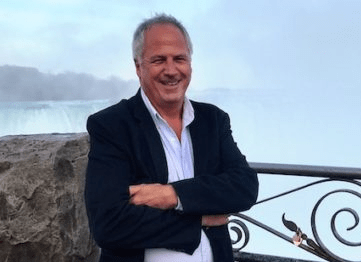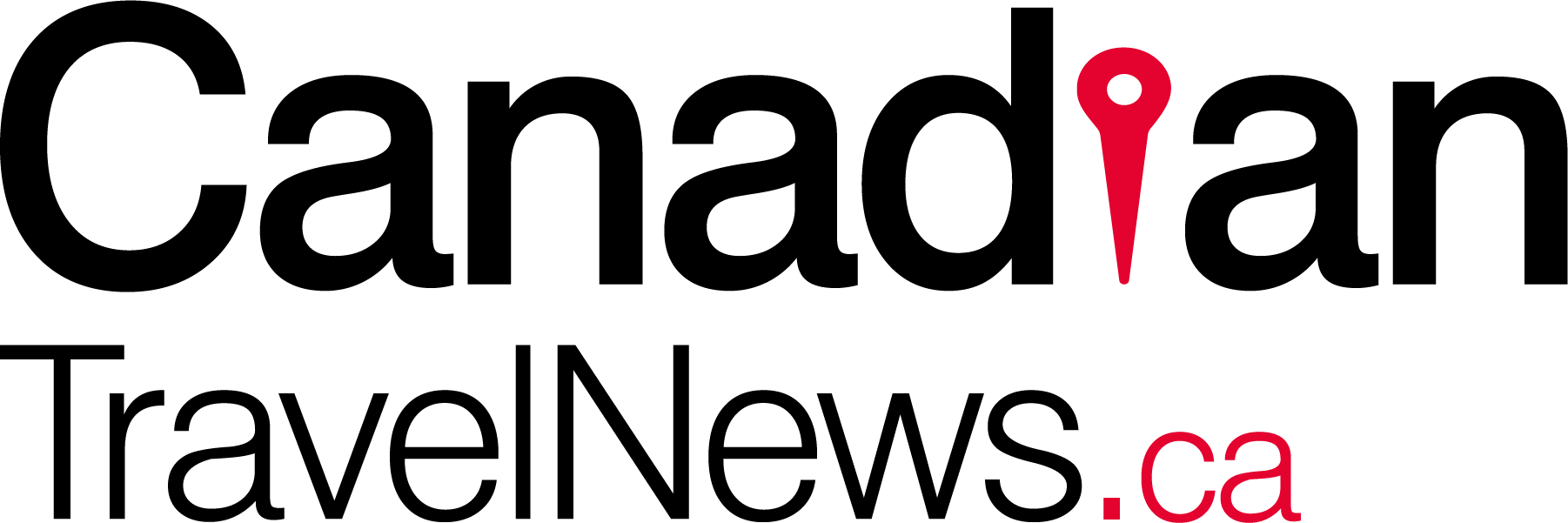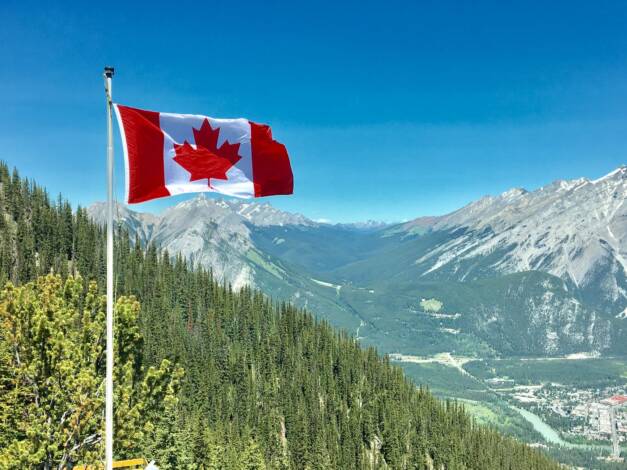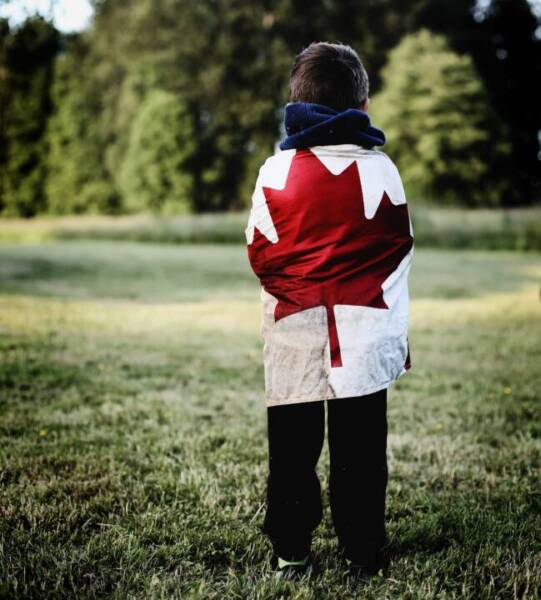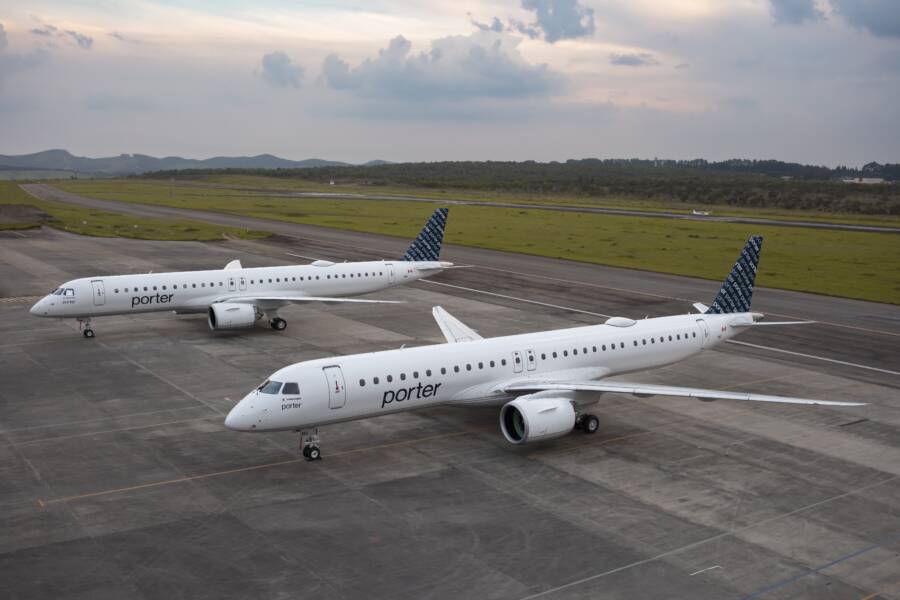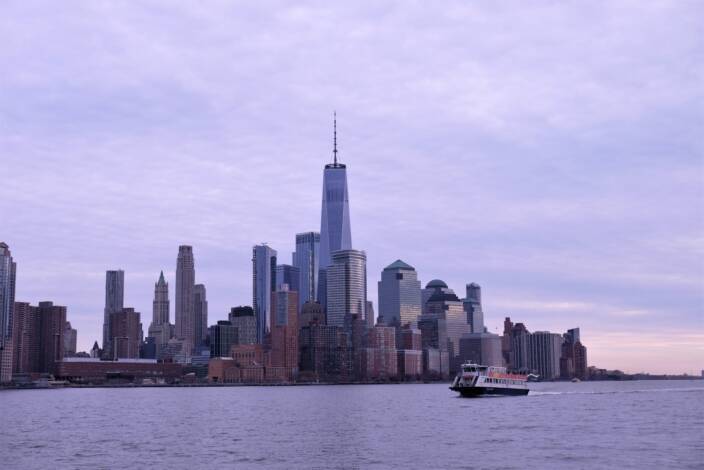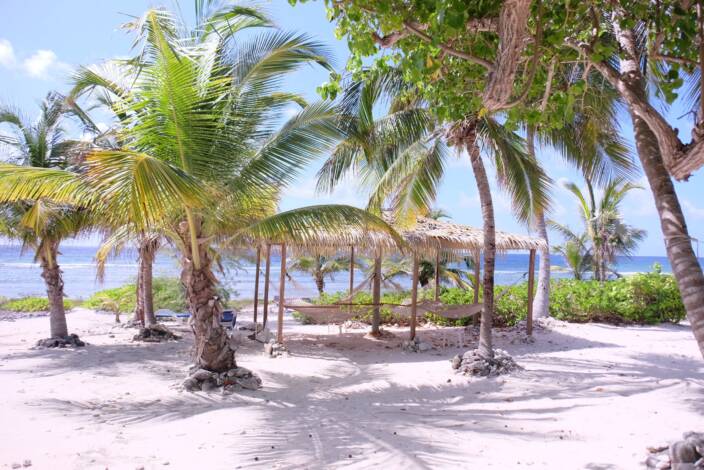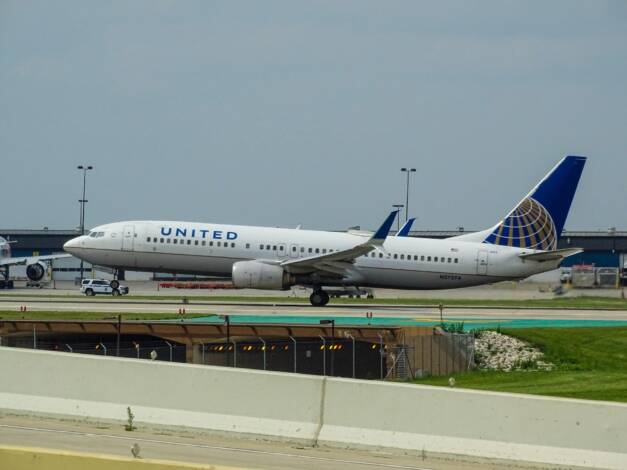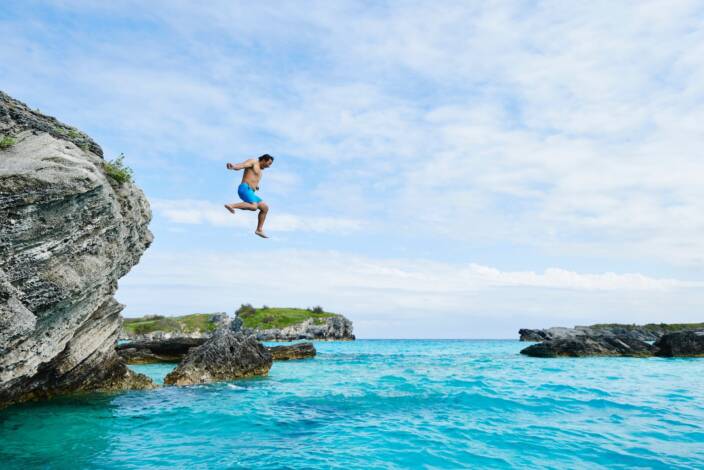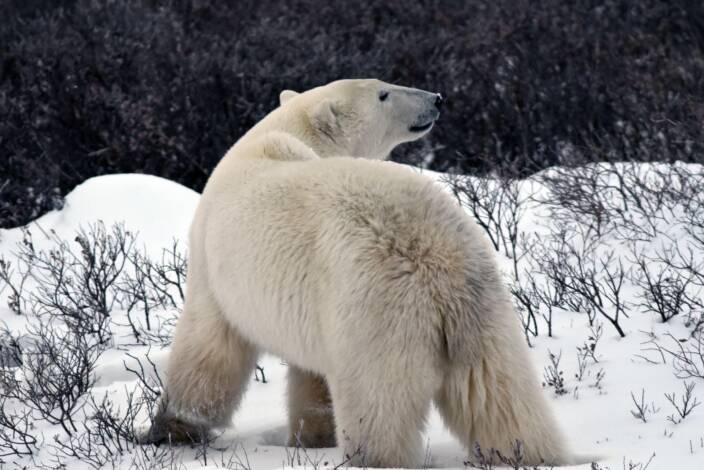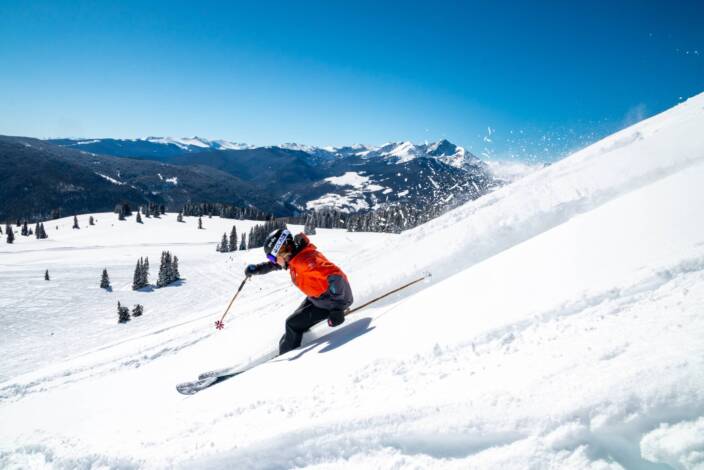
It’s Not Too Late to Save Summer Tourism in Canada: Locals Will Have to Lend A Hand
April 8, 2021 Jim Byers
The Toronto Star this week ran a story with the headline “Tourism’s new motto: “Save summer.”
The story, written by Canadian Press, talked about how tourism and travel operators in Canada are hoping to stumble through the summer without taking major losses, and how important the June-to-September period is for tourism.
Unfortunately, given the weather in most of Canada (be quiet, lower British Columbia), there are only a few months where operators can really make money. The months of June and September are important, but the mid-summer months of July and August are essential for folks who need to stay in business and feed their families.
The CP story said businesses in Banff and Lake Louise, which have a great ski and winter season, make between 50 to 60% of their money between June and September. For a kayak tour operator in Prince Edward Island, it’s probably 90%.
In an interview with Canadian Press, Banff & Lake Louise Tourism President and CEO Leslie Bruce said only one-half of businesses in the area expect this summer to be as good as last year.
A spokesperson for the Office du tourisme de Quebec also said she expects Quebec’s visitors to be mostly Canadian this summer.
Destination Canada, which traditionally has marketed Canada to the world, has shifted gears in the last year or so and is now pushing Canadians to stay home and support local businesses that usually need an influx of foreign visitors to get by.
Destination Canada said that if Canadians took 60% of their usual international travel budget and spent it in Canada, it would go a long way to preserving tourism and travel jobs in the True North. It’s estimated that one in 10 jobs in Canada are related to tourism, so the impact would be substantial.
New Brunswick Premier Blaine Higgs on Wednesday said he thinks his province could enjoy a nearly normal summer if the U.S.- Canada border opens relatively soon.
U.S. government officials, especially in border states such as Maine and Washington, have been pushing for Canada to open its borders. Higgs suggested Canada could use that enthusiasm as leverage to obtain surplus vaccines from the Joe Biden administration, which would improve Canada’s health picture and, presumably, allow Biden buddy Justin Trudeau to pry open the Canadian border a little.
Until that happens, Canadian destinations will have to rely on locals to keep things moving.
“The pace and trajectory of recovery is still unclear, but what is clear is that recovery will start locally, with Toronto’s residents reconnecting with the city they love,” Scott Beck, President and CEO of Destination Toronto, said in an email to Canadian Travel News. “Local resident support of our industry has been crucial to our survival, and it will be equally as impactful for our recovery. Local resident engagement will be the life blood of our industry until the travel restrictions are lifted.”
“We know that tourism was the first industry to be affected by the pandemic and will likely take the longest to recover,” Beck said. “We also know that Toronto’s businesses that rely on visitors- like hotels, attractions, restaurants- have done a tremendous job innovating and adapting their products and services to follow the guidelines set forth by the government.
“Our local residents got a glimpse of that adaptation during the brief re-opening last summer and we’ll see it again when the restrictions are lifted and we can experience the city we love,” Beck continued.
“In the meantime, we have shifted our marketing to make sure our local community is informed on the evolution of the recovery, and making aggressive plans to re-engage in our active sales and marketing activity to bring visitors back to Toronto.”
About the Author
